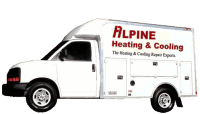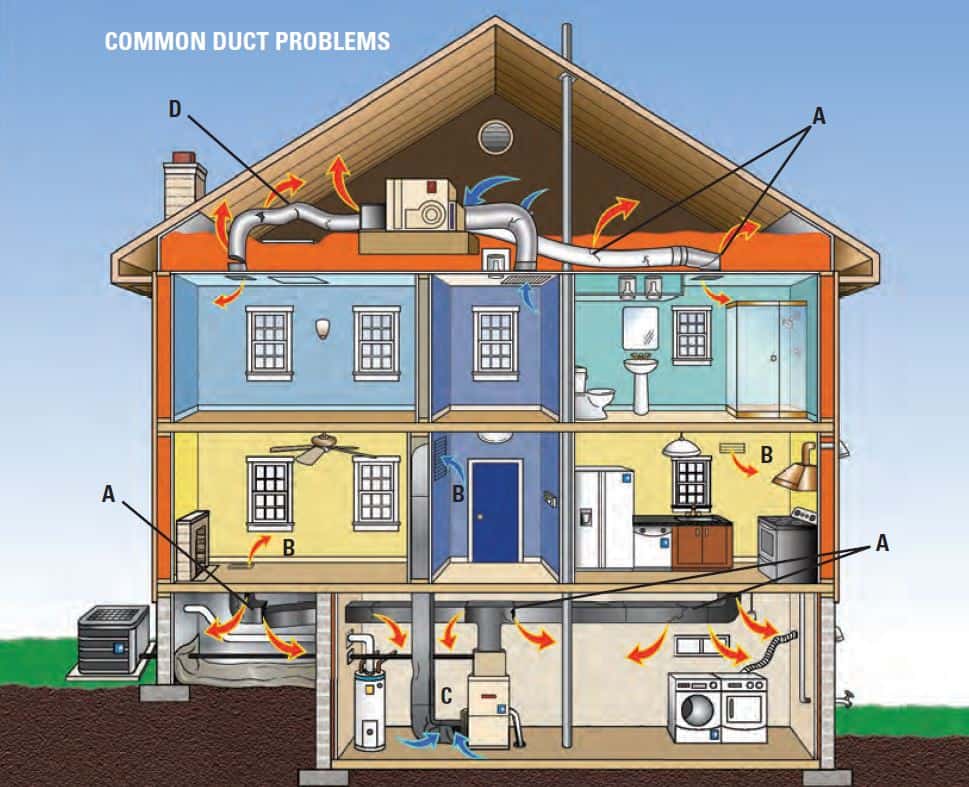Seal Your Heating and Cooling Ducts
Ducts are used to distribute conditioned air throughout houses with forced-air heating and cooling systems. In
typical Skagit Valley houses, about 20 percent of the air that moves through the duct system is getting lost due to leaks, holes, and poorly connected ducts. The result is an inefficient HVAC system, high utility bills, and difficulty keeping the house comfortable, no matter how you set the thermostat.
Simple Steps to Improving Duct Performance
Because ducts are often concealed in walls, ceilings, attics, and basements, repairing them can be difficult. But there are things that you can do to improve duct performance in your house.
Start by sealing leaks using mastic sealant or metal (foil) tape and insulating all the ducts that you can access such as those in the attic, crawlspace, basement, or garage. Never use ‘duct tape,’ as it is not long-lasting.
Also make sure that the connections at vents and registers are well-sealed where they meet the floors, walls, and ceiling. These are common locations to find leaks and disconnected ductwork.
A: Leaky, torn, and disconnected ducts
B: Poorly sealed registers and grills
C: Leaks at furnace and filter slot
D: Kinks in flexible ductwork restricting airflow
Contact Alpine Heating and Cooling for more information on duct improvement projects.
- inspect the entire duct system,
- evaluate the system’s supply and return air balance,
- repair or replace damaged, disconnected, or undersized ducts and straighten out flexible ducts that are tangled or crushed,
- seal leaks and connections with mastic, metal tape, or an aerosol-based sealant.
- seal gaps behind registers and grills where the duct meets the floor, wall, or ceiling
- insulate ducts in unconditioned areas with insulation that carries an R-value of 6 or higher
- include a new filter as part of any duct system improvement
- Use diagnostic tools to evaluate air flow after repairs are completed
- Ensure there is no back drafting of gas or oil-burning appliances, and conduct a combustion safety test after ducts are sealed.



